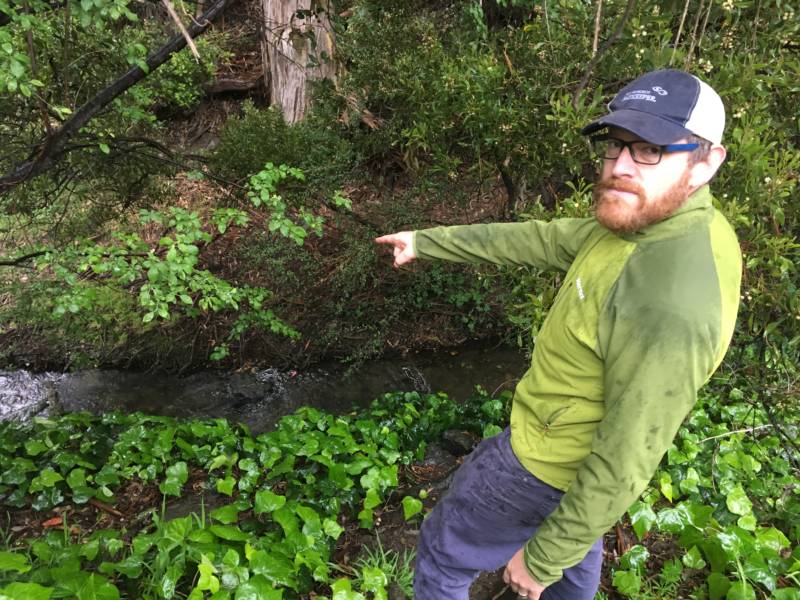Local organizations and community members have worked to restore Codornices Creek as wildlife and fish habitat over the past two decades. Although this is a setback, Tira said he expects the creek to recover.
"In situations like these, we always see firsthand just how resilient Mother Nature is, and so we expect this creek to make a full recovery," said Tira. "It's certainly an unfortunate incident, but it's a very healthy, fertile little creek and we expect to see it bounce back."
Tira said his agency would work with local fire departments to craft additional environmental precautions.
"It's a good learning experience for all of us," he said. "I think we'll all be more careful and have safeguards in place in the future to protect this, and other creeks, in similar situations."
